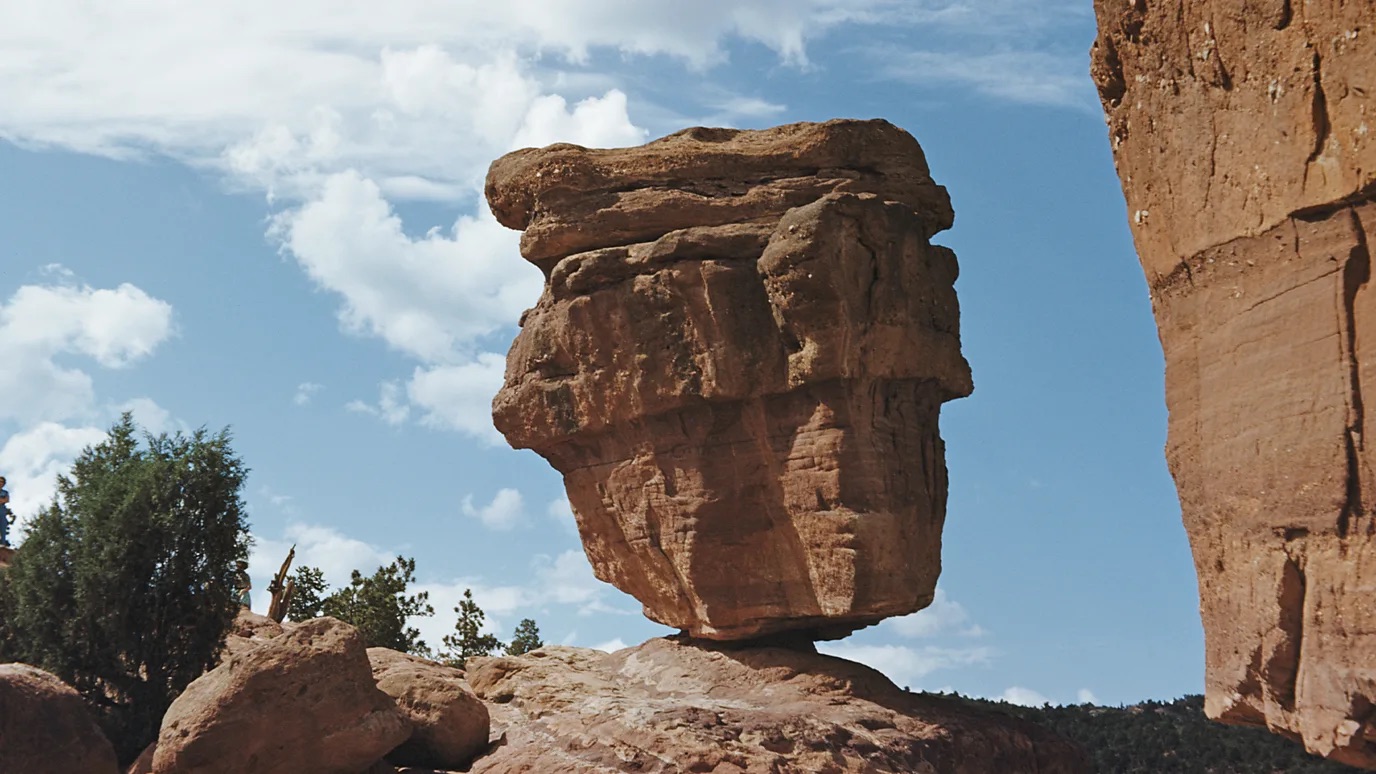
These giant rocks could roll at any moment. The fact they haven’t offers a window into the shaking of ancient Earth.
They look like you could blow them over with a sneeze. Across the world, thousands of “precariously balanced rocks” are perched in strange positions, poised to topple. Once they would have been mere geological curiosities. Now they are improving our understanding of earthquake risk.
The fact that these delicately positioned boulders still stand provides windows into deep history, long before modern-day seismometers could measure the shaking ground. “The only witnesses that we can consult are these precarious rocks – they’re the witnesses of what once happened,” says geologist Dylan Rood of Imperial College London in the UK.
This, in turn, is allowing us to prepare for the future, by improving the earthquake hazard maps which inform disaster plans, insurance premiums and building codes. These wobbly, gravity-defying rocks are even helping engineers stress-test nuclear power plants, radioactive waste repositories and enormous dams.
Fragile state
Precariously balanced rocks (otherwise known as PBRs) belong to a category of landform called “fragile geological features“. Some exist due to erosion, such as rock arches or tower-like pinnacles. On land, Arches National Park in Utah hosts thousands of these features, where rainwater or freeze-thaw action has weathered sandstone to the point of imminent collapse.
Meanwhile at the coast, the sea can carve fragile geological features into cliff-faces: arches form, until they eventually crumble, leaving behind sea stacks. One of the best-known stacks is the Old Man of Hoy in Scotland’s Orkney Islands, often ascended by climbers.
Other fragile geological features grow over time, like icicle-shaped stalactites or stalagmites. In some cases, they become many metres long, acquiring great weight, yet with a diameter no bigger than your arm.
All these features are striking to look at, but precarious boulders are particularly photogenic: they look like they could be megaliths, placed on a perch by some past civilisation or deity. You can find them all over the world: Brimham Rocks in Yorkshire, England; Krishna’s Butterball in India, and Kummakivi in Finland, to name just a few. In the US, they can be found scattered across several states, from the Metolius rocks of Oregon to Bubble Rock in Maine. In some countries, the rocks have even acquired religious significance: Buddhist devotees of the Golden Rock in Myanmar have coated it in gold leaf, and believe a strand of Buddha’s hair prevents it toppling.

















